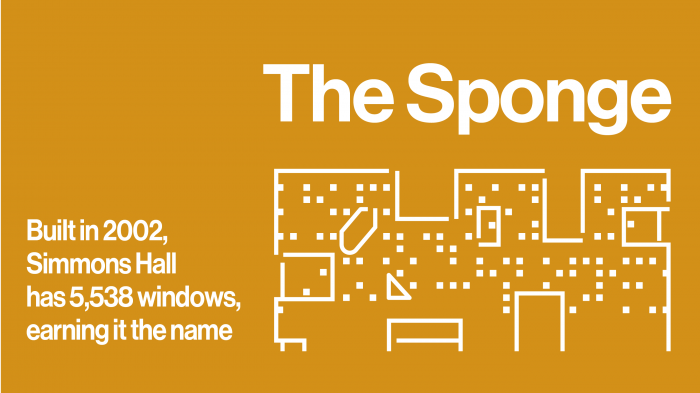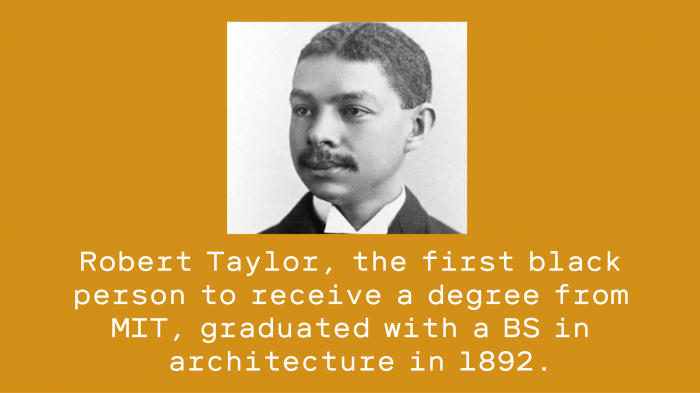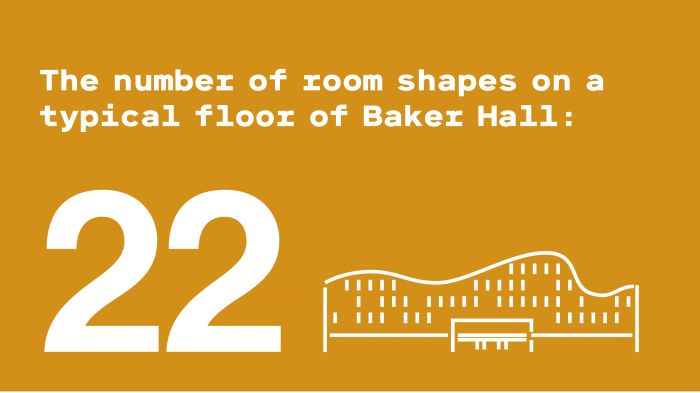This year marks the 150th anniversary of MIT’s first course in architecture, which was one of six degrees listed in the initial course catalogue and was first taught three years after classes began in 1865. Architect William Robert Ware designed the architecture curriculum, noting, “It is the aim of this School to do what it can, in its day and generation, to insure that the Architecture of the future shall be worthy of the future.” Course IV is now the longest-running professional architecture program in the US and a world leader in the field.









Keep Reading
Most Popular
Large language models can do jaw-dropping things. But nobody knows exactly why.
And that's a problem. Figuring it out is one of the biggest scientific puzzles of our time and a crucial step towards controlling more powerful future models.
The problem with plug-in hybrids? Their drivers.
Plug-in hybrids are often sold as a transition to EVs, but new data from Europe shows we’re still underestimating the emissions they produce.
Google DeepMind’s new generative model makes Super Mario–like games from scratch
Genie learns how to control games by watching hours and hours of video. It could help train next-gen robots too.
How scientists traced a mysterious covid case back to six toilets
When wastewater surveillance turns into a hunt for a single infected individual, the ethics get tricky.
Stay connected
Get the latest updates from
MIT Technology Review
Discover special offers, top stories, upcoming events, and more.